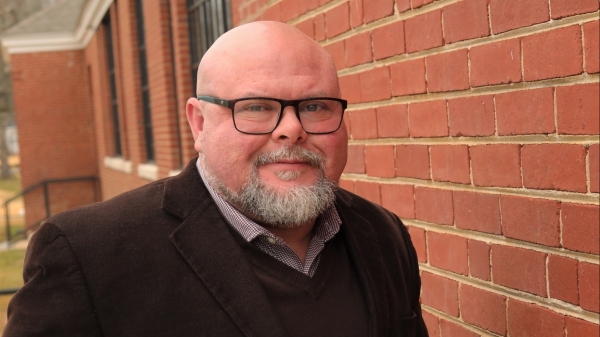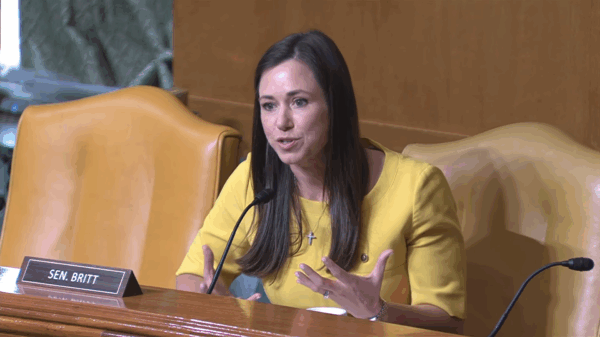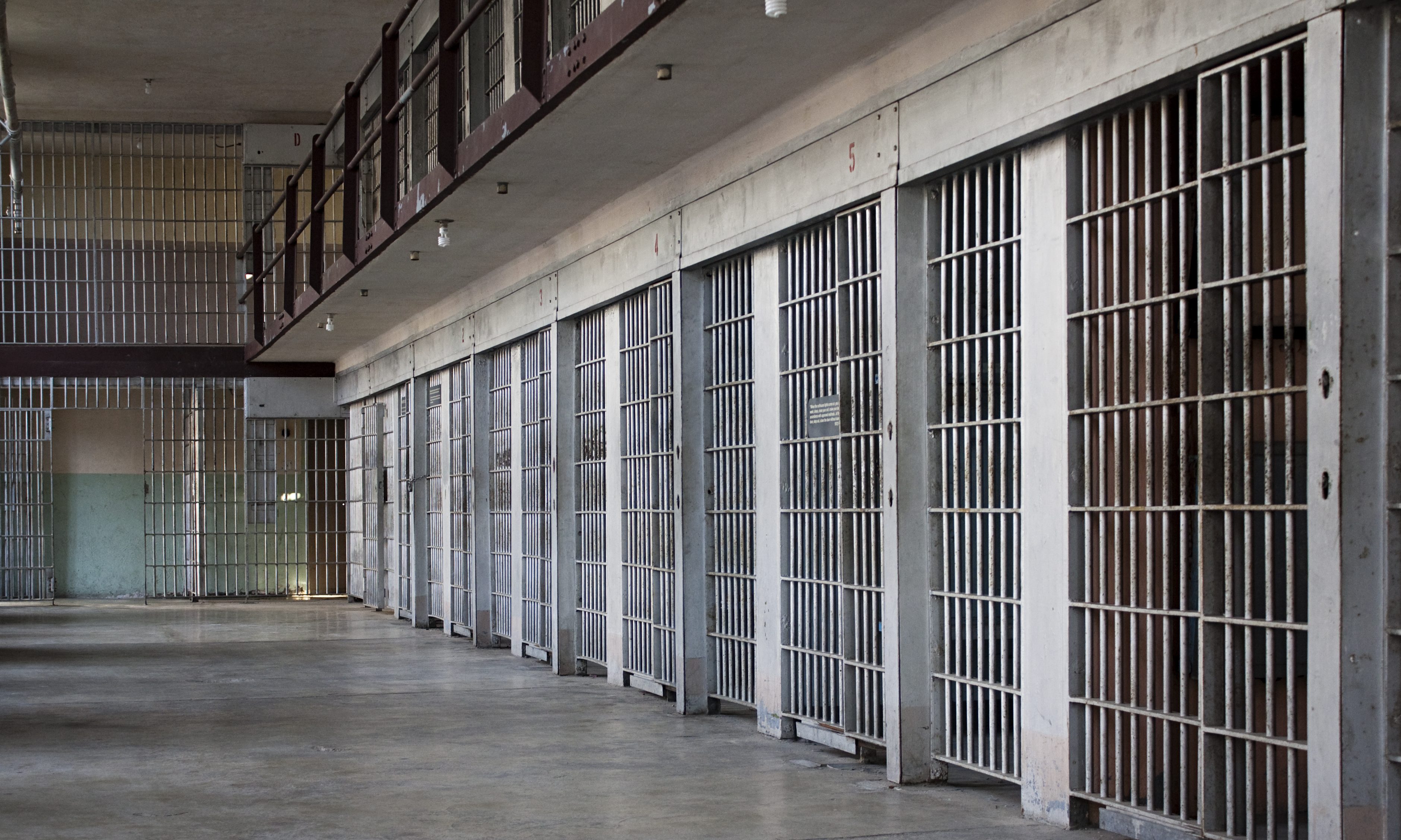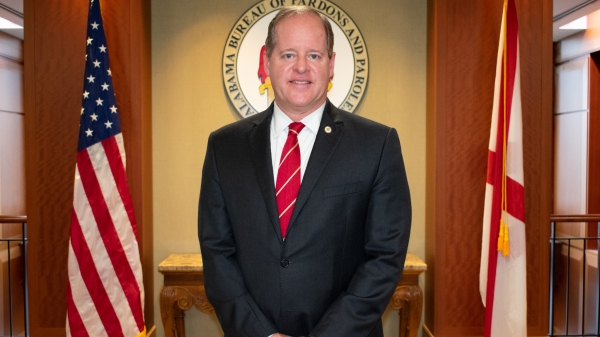Wednesday, the Executive Director of the Association of County Commissions of Alabama Sonny Brasfield told county commissioners that sentencing reform in 2015 has shifted more prisoners and the costs of those prisons from state prisons to county jails and county budgets.
“I let you down,” Brasfield told the commissioners.
In 2015, the state legislature passed sentencing reform in order to deal with the prison overcrowding issue. It reduced prison overcrowding, but according to a report by the County Commissions dramatically increased the number of prisoners being sent to county jails shifting much of the costs to the local level adversely affecting county budgets across the state/
Brasfield said that they had anticipated this in 2015; but the legislature passed it anyway over the objections of the ACCA.
Association’s annual Legislative Conference in Auburn.
“In 2015, counties and sheriffs encouraged state leaders to move slowly and to consider the unintended impact that significant sentencing and parole reform could have on local budgets,” ACCA Executive Director Brasfield said in a statement. “In the years that have followed, our fears have been confirmed.”
In 2015, the legislature changed the punishment for most parole violations, such as failure to find work or a failed drug test from revocation of parole to a 48 hour stay in the county jail. This is called a “dip” in the Alabama justice system vernacular. A parolee who continues to violate the terms of his parole can get up to six dips before he or she gets sent back to prison; but not for the remainder of his or her sentence. Instead they go to prison for just 45 days. This is called a “dunk.” There was already a backlog of prisoners who have already had a trial, have been convicted and were sitting in the county jail waiting for ADOC to come pick them up. The creation of the dunk system means that now there are all those repeat parole violators who are also waiting in the county jail for ADOC to free up prison beds so they can serve their 45 days.
Brasfield said that the state should not repeat the mistakes made in 2015.
“We did nothing to solve crime in 2015 what we did was address how we deal with criminal behavior,” Brasfield said. “We should learn from what happened because we are in the same place that we were in 2014
Brasfield said that the counties expressed specific concerns with “dips” & “dunks” adding pressure on jail beds, medical costs & lawsuits; but the legislature listed to “experts” from other states instead of the county commissioners.
“We think anybody from outside of Alabama are smarter than us are smarter than us. They aren’t.” Brasfield said. “There is not a magic solution. There is not a solution that does not cost money.”
The ACCA report, “Alabama’s Unresolved Inmate Crisis,” highlights the staggering growth of State inmates in county jails over the past five years and the annual price tag that is challenging local officials to balance the unexpected costs.
Data collected from State agencies and a survey of all 67 county budgets shows the presence of State inmates in county jails has almost tripled since 2014. In 2014, a total of 1,990 State inmates were housed in county jails. In 2018, counties housed almost 8,000 state inmates in 2018, according to the report.
“As the legislative session nears, counties must seek relief from these growing costs,” Brasfield said, “because the solution to the State’s prison crisis cannot again be to push more inmates down to the local level.
The cost of operating the jail and law enforcement at the county level has increased by some $64 million since 2014, the report shows.
\
“This increase is more than twice the rate of inflation,” Brasfield explained. “Certainly, counties want to be a partner in this year’s efforts to address the condition of the State prison system. At the same time, we believe the facts are clear — Alabama must revisit the reforms of 2015 and provide relief to county budgets that have been crippled by the growth of State inmates.”
“We need to go back and look at 2015,” Speaker of the House Mac McCutcheon (R-Monrovia) promised the county commissioners. “I guarantee you that you will have a voice in this process. We are focusing on the dips and the dunks as well as recidivism.”
Bennett Wright is the executive director of the Alabama Sentencing Commission.
Wright told the Commissioners that Tennessee is in the same situation. They have a backlog of 5,300 prisoners that are in county jails waiting to go to the state prison.
“The state of Tennessee writes them (the Tennessee County Commissions) a $180 million check for that overflow,” Wright said.
Alabama does not reimburse the counties for their costs, which have soared after the passage of the sentencing reforms that were passed in 2015.
Read the full report here.





















































